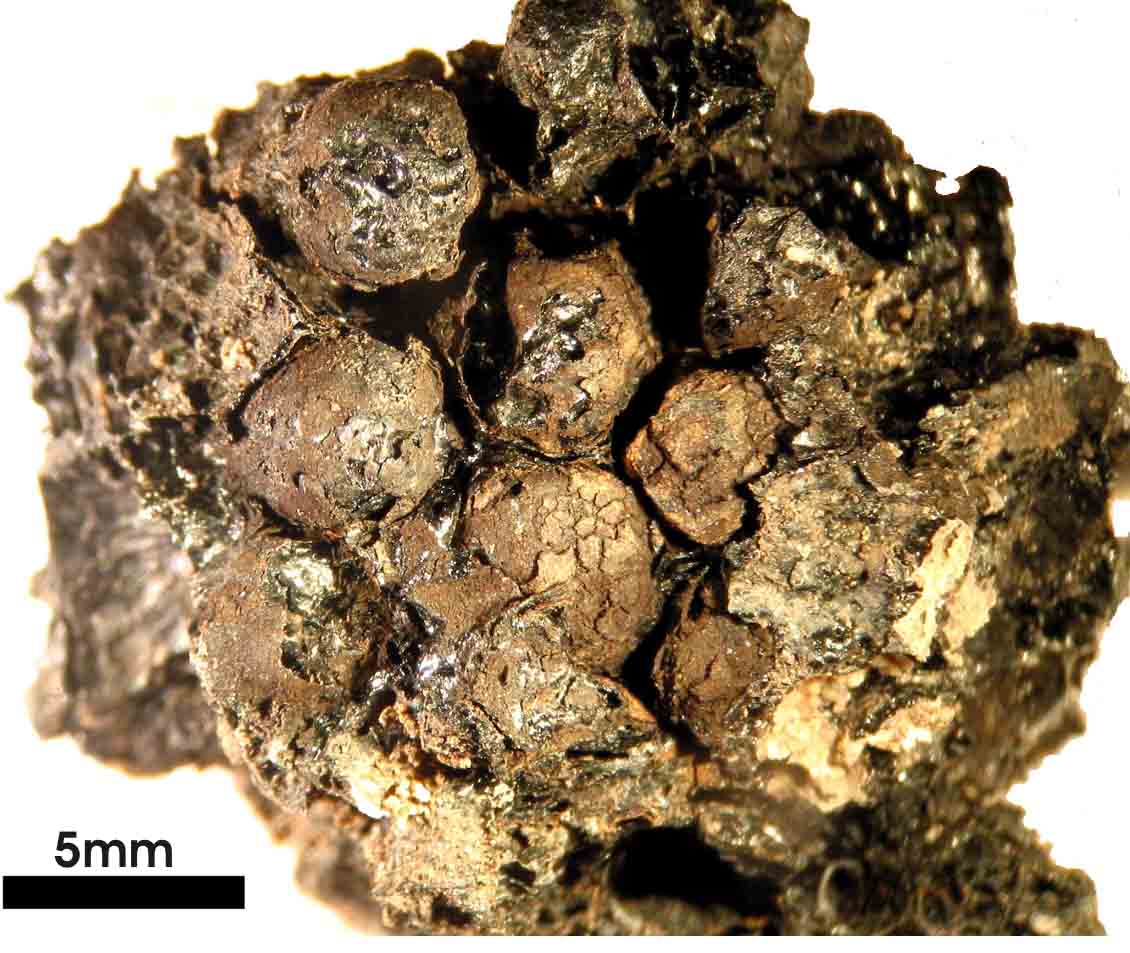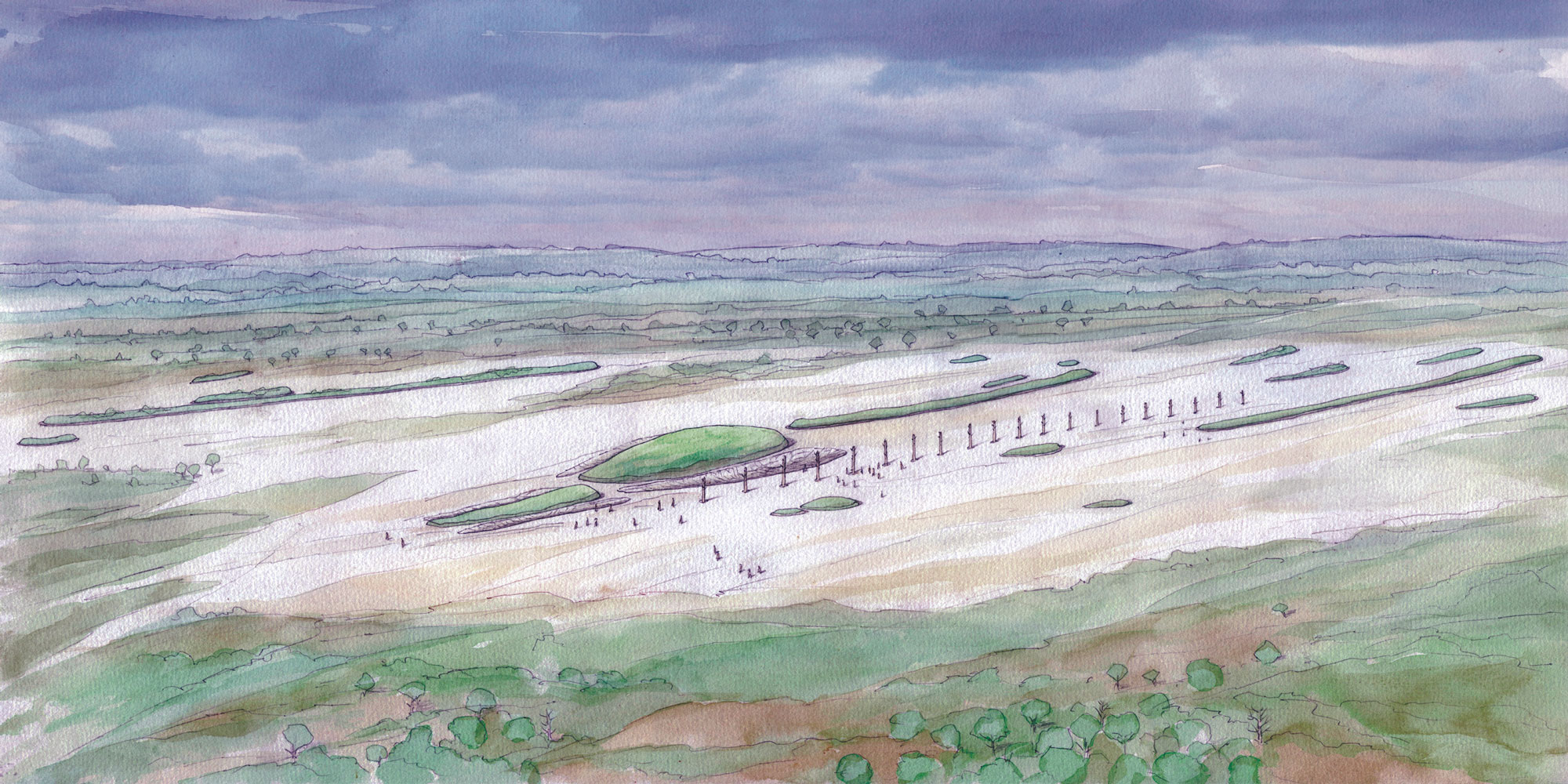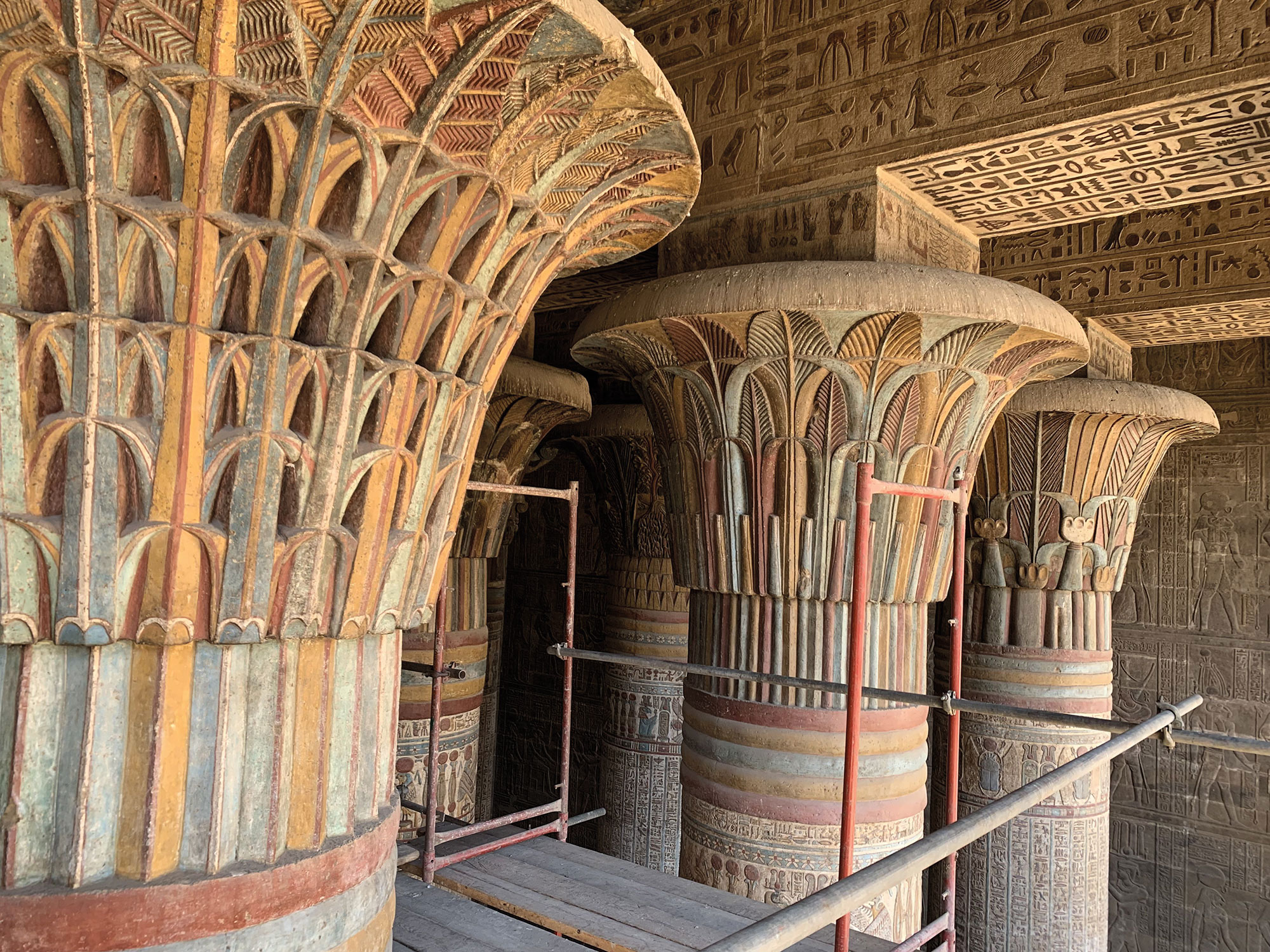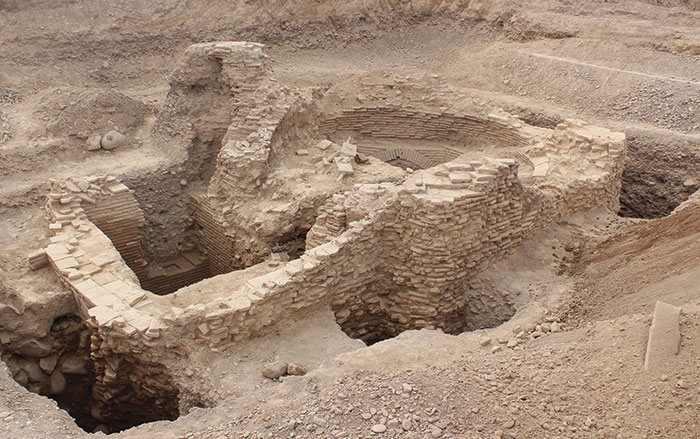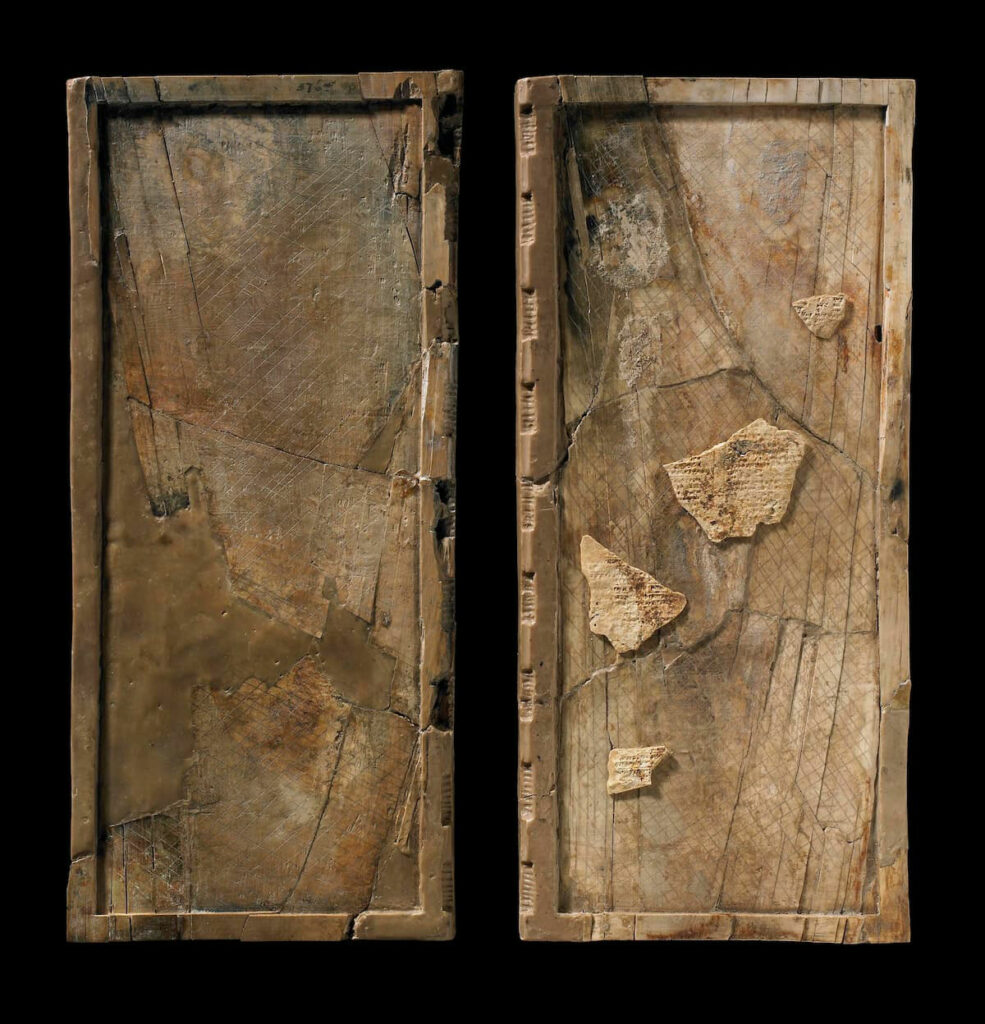
NIMRUD, IRAQ—Cuneiform writing tablets were an integral part of Neo-Assyrian culture and hundreds of thousands of them have been found at various sites throughout Mesopotamia. These were typically made from clay but, according to a report by the Greek Reporter, in some cases, they were fashioned out of wood and beeswax. British Museum researchers recently analyzed a set of rare tablets found in the 1950s at the site of Nimrud. The objects had been thrown into a well when the city was sacked in 612 b.c. and had remained remarkably well-preserved in the oxygen-free environment. The study, which used advanced scientific techniques, determined that the tablets were made from local walnut wood and contained a writing surface made primarily from beeswax mixed 25 percent with orpiment, a yellowish mineral. The mixture was both practical and purposeful. Orpiment’s properties made the wax firmer and less sticky, making it easier to write on, but it also contains arsenic. Arsenic naturally kills fungi and bacteria and may have helped preserved the tablets from decay. Read the original scholarly article about this research in Journal of Archaeological Science. To read in-depth about excavations in Mesopotamia, go to "The Assyrian Renaissance."



